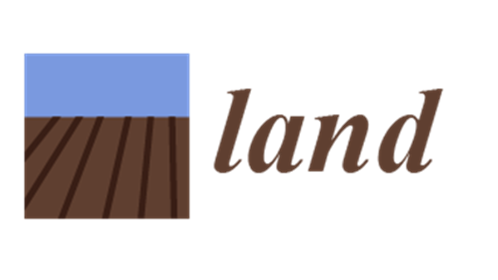Object- Versus Pixel-Based Unsupervised Fire Burn Scar Mapping under Different Biogeographical Conditions in Europe
IF 3.2
2区 环境科学与生态学
Q2 ENVIRONMENTAL STUDIES
引用次数: 0
Abstract
Wildfire detection and mapping is crucial for managing natural resources and preventing further environmental damage. In this study, we compared two methods of mapping burn scars using Sentinel-2 satellite imagery, a pixel-based approach and an object-based approach, at test sites located in various climatic zones with diverse land cover synthesis. The study aimed to determine the advantages and limitations of each method in terms of accuracy and precision in detecting burn scars. The results showed that both methods could detect burn scars with high accuracy, but with some limitations. The F1 score was in the range of 0.64–0.89 for the object-based approach, and 0.58–0.90 for the pixel-based approach. The pixel-based method produced a more precise delineation of the burnt area, but it was only suitable for detecting burn scars in a limited area of interest. The object-based method, on the other hand, was able to detect burn scars over a larger area accurately but with some commission errors. The results of both methods were also compared to the Copernicus Emergency Management Service (CEMS) rapid mapping product.欧洲不同生物地理条件下基于对象与像素的无监督火灾烧伤疤痕映射
野火探测和测绘对于管理自然资源和防止进一步的环境破坏至关重要。在这项研究中,我们比较了两种利用Sentinel-2卫星图像绘制烧伤疤痕的方法,一种基于像素的方法和一种基于物体的方法,这些方法位于不同的气候带,具有不同的土地覆盖合成。本研究旨在确定每种方法在检测烧伤疤痕的准确性和精密度方面的优势和局限性。结果表明,两种方法均能较准确地检测出烧伤疤痕,但存在一定的局限性。基于对象的方法的F1得分在0.64-0.89之间,基于像素的方法的F1得分在0.58-0.90之间。基于像素的方法可以更精确地描绘烧伤区域,但它只适用于检测有限区域的烧伤疤痕。另一方面,基于对象的方法能够准确地检测更大面积的烧伤疤痕,但存在一定的调试误差。两种方法的结果还与哥白尼应急管理服务(CEMS)快速制图产品进行了比较。
本文章由计算机程序翻译,如有差异,请以英文原文为准。
求助全文
约1分钟内获得全文
求助全文
来源期刊

Land
ENVIRONMENTAL STUDIES-Nature and Landscape Conservation
CiteScore
4.90
自引率
23.10%
发文量
1927
期刊介绍:
Land is an international and cross-disciplinary, peer-reviewed, open access journal of land system science, landscape, soil–sediment–water systems, urban study, land–climate interactions, water–energy–land–food (WELF) nexus, biodiversity research and health nexus, land modelling and data processing, ecosystem services, and multifunctionality and sustainability etc., published monthly online by MDPI. The International Association for Landscape Ecology (IALE), European Land-use Institute (ELI), and Landscape Institute (LI) are affiliated with Land, and their members receive a discount on the article processing charge.
 求助内容:
求助内容: 应助结果提醒方式:
应助结果提醒方式:


